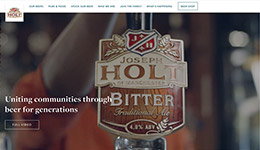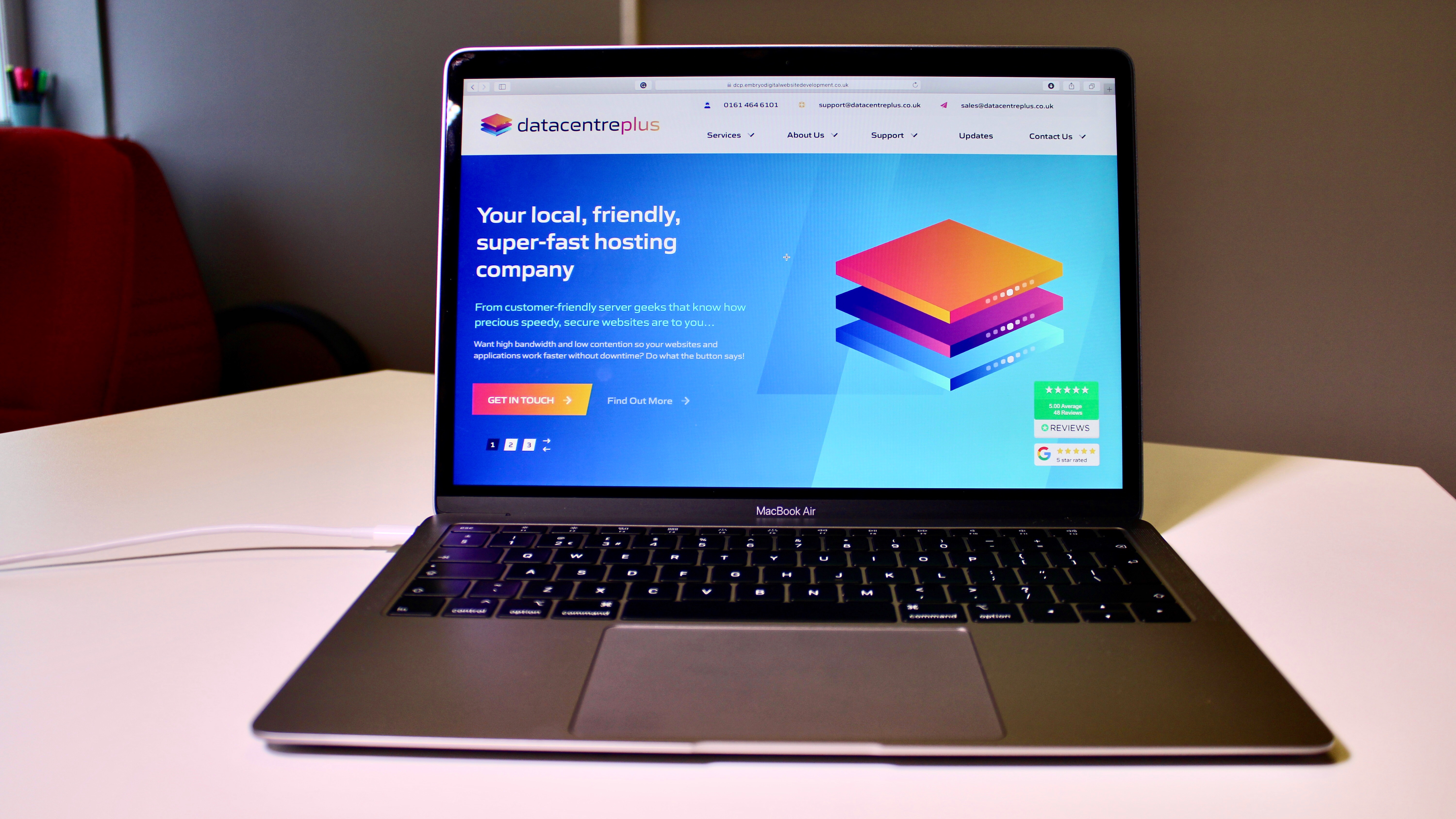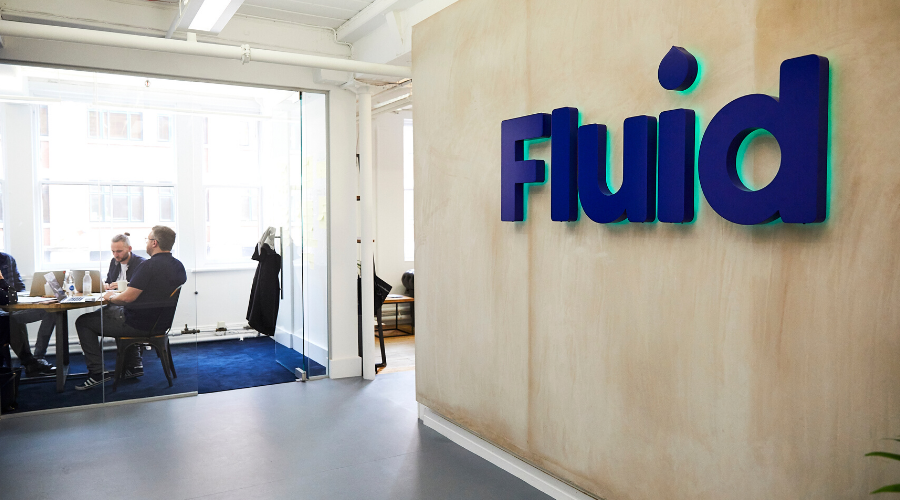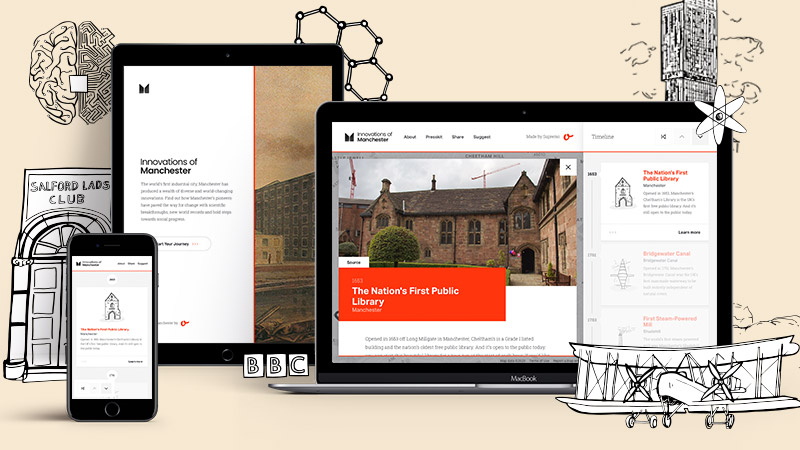
As a set of practices and tools, design thinking is used by companies or teams tasked with solving particularly persistent customer problems or to uncover opportunities to create better products or services.
In simple terms, it’s a strategic practice that takes you through a checklist of phases that cover specific disciplines, to get you to design a better customer or user outcome.
What does design thinking encompass?
The five key elements of design thinking are:
1. Empathise
Define your audience – who are they and what is the problem? Talk to them in the context of what you want to fix, and in the locations you’re focused on. Understand their motivations, habits, gains, pains, and what they’re trying to achieve.
2. Define
Consolidate your observations and let the facts form insights. Set your vision, core competencies and principles that define the route forward. Organise themes, features, patterns and opportunities, and create a working value proposition.
3. Ideate
With reference to what you know about the target audience, continue to refine and improve your ideas. Explore what other solutions would respond to the customer’s needs. Using design methodologies and a process of informed ideation, prioritise the best ideas according to business and customer objectives to find the win/win.
4. Prototype
The penultimate step is turning ideas into something tangible. These can be rough at first; sketches or storyboards portraying the flow of the service are suitable and help you gain a shareable output which can be socialised and scrutinised internally. Even better, make it concrete, let it be something you can use, touch and feel. Bring the idea to life in as real of a way as possible so that you can gather feedback from customers and internal stakeholders.
5. Test
Although ‘test’ is a terrible word, ‘validate’ is better. Put these prototypes in front of your customers. They will tell you early on what they value, and what they don’t like and why. Observe and measure responses in a variety of ways to iterate on and enhance your design.
When design thinking is done well, the landscape and demand is understood, a target customer is identified, requirements and needs are met, and ideas are strategically narrowed down to one. This idea is then designed, iterated, tested, built, piloted, measured, and launched as correctly and as efficiently as possible.
Three key benefits of design thinking
- Empathising forces stakeholders to look at the design problem to be solved from a different perspective (the customers’). This is often overlooked and never fully understood.
- Consolidating your evidence and making sense of patterns uncovers the core problems that exist and their root causes. Knowing these upfront saves you time and money. Moreover, this allows for efficient ideation by forcing people to problem solve in a constrained environment. This will increase the quality of your ideas.
- The design thinking process encourages team-based ways of working and harvests expert knowledge while creating a shared vision that meets consensus. Validating concepts turns abstract learning into concrete design routes. You know if you are wrong early and can react to this.
Where design thinking falls down
The rise of ‘everyone is a designer’: everyone wants to weigh in on the design process. Although it’s good to see an interest in designing better customer outcomes, some can be biased towards what they believe the end goal should be and can steer the project into areas that don’t work for all target users. These people will not have been rigorously trained in experience design practices. Participant analysis must categorise observations, converting them to insight before translating that insight into actionable recommendations. Often solutions are imagined before the core customer problem is understood.
‘Design thinking’ and user-centred frameworks being available to all: we often hear our clients say that, ‘we did design thinking offsite’ or, ‘our Head of X wants us to be more customer-centric and has shared a video on the jobs-to-be-done framework.’ This results in projects that run aground because although the breadth was there in that they went through the process, the depth of understanding was lacking.
The inexperience of those delivering this ‘thinking’ means too little time was spent understanding target customers’ needs. This is accentuated by the lack of a shared strategic vision meaning bad ideas get through to development that don’t meet business or user objectives.
How can this be fixed?
Forming the right team: A multidisciplinary team deployed at the right time throughout a project is the answer. At the beginning of a project you need to understand the current situation from the business perspective.
You also need to know what your customers think and their collective psychology; UX (user experience) consultants have an aptitude for this that has been nurtured and developed over time. Once you’ve moved into defining requirements, themes, principles, and hypotheses, UX strategists are best placed to provide a vision for the desired customer experience which you can aspire towards.
Don’t design (or worse yet build) too early: often, teams form solutions before grasping the underlying issue and root causes of the problem they’re trying to solve.
Utilise formative research to understand and test the market appeal of your product or service and ‘define’ the problem you’re facing wisely to set principles, themes, prioritisation and governance. This will help you design it right the first time around. Some advice: if your idea does not meet user requirements, kill it.
Deploy a measurement framework: successful experience design measurably adds value for the user, making their lives simpler, easier or more enjoyable. Often measurement is ignored altogether (even design thinking neglects it). If your design research is not demonstrating how well a design is performing, your project will fail.
Wrapping up
Your biggest challenge is to heighten your company’s customer experience maturity level. Becoming a user-centred business involves assessing your strategy, insight, design, delivery, and measurement practices, as well as creating a consolidated way of progressing through the following benchmark stages:
- Basic (unrecognised) – There are some ad-hoc customer-centred projects. This results in confusion at board level about how to deliver a great customer experience.
- Emergent (invested) – There are some customer-centred programmes, the board talks about being customer-centric as a vision but more tangible outputs are lacking.
- Repeatable (committed) – Customer experience strategy exists as part of a business unit. Staff are incentivised to deliver against it.
- Integrated (engaged) – Customer centricity has board and executive-level sponsorship and is crucial to business strategy.
- Fundamental (embedded) – Customer strategy is the company strategy, owned by the board, financial objectives are met because of committing to this strategy.
It’s more important to assess your position as a business than ever before, given today’s turbulent climate, and shifting consumer behaviours. To know exactly where you stand, from an experiential perspective, might just be the single most valuable insight of all right now. Design thinking is your master-key to change, progression and most of your businesses biggest problems.









